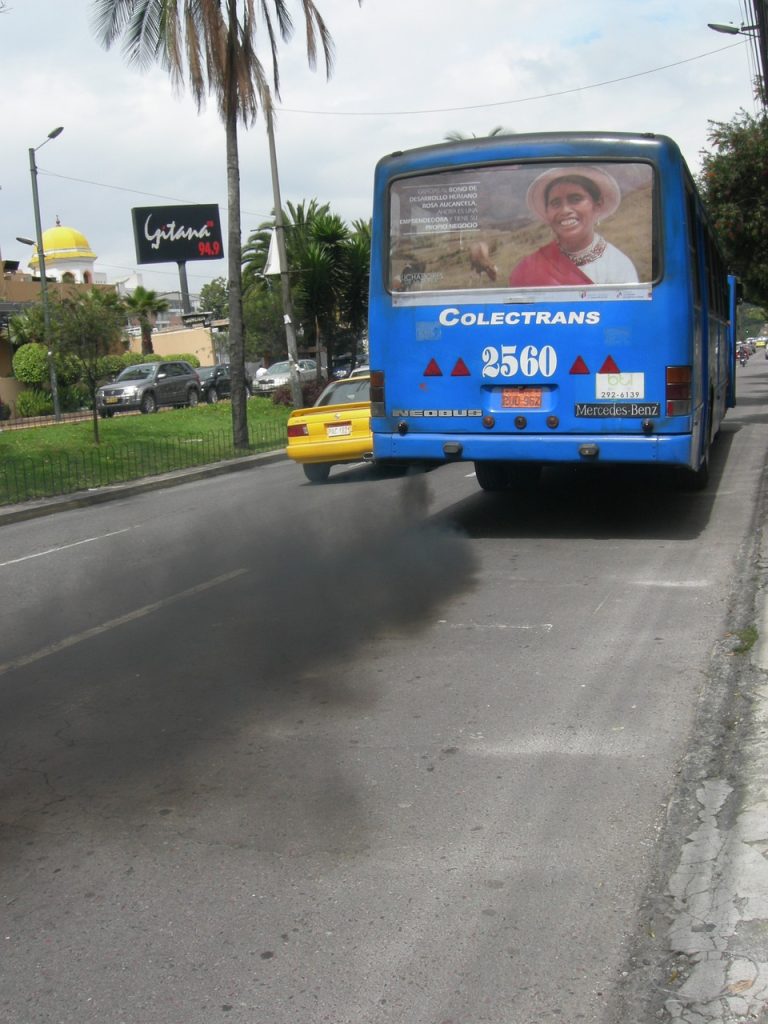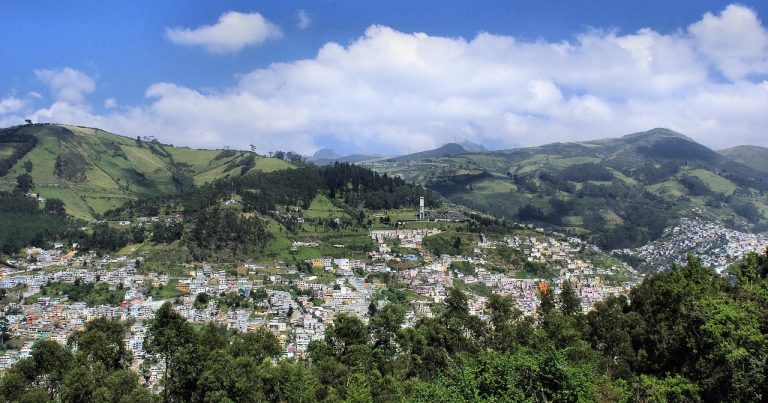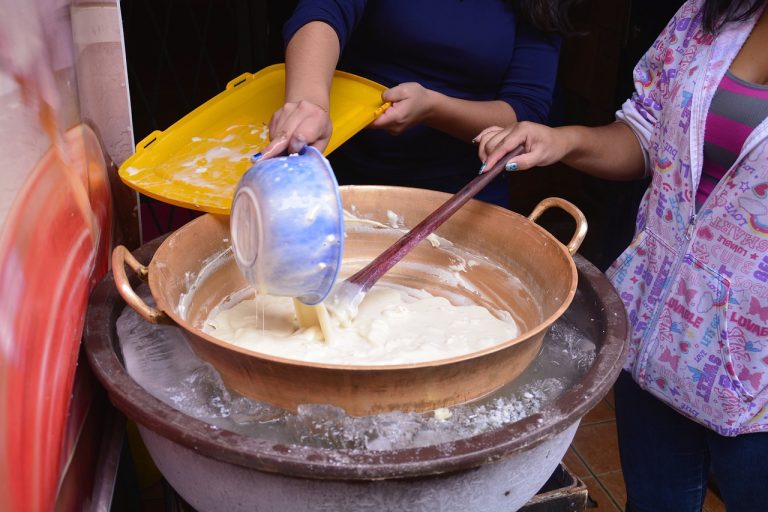Quito Ecuador Video
Navigating Quito Ecuador: Overcoming Travel Challenges
Quito, the capital city of Ecuador, is a beautiful destination filled with rich history and stunning landscapes. However, navigating through the city can sometimes be challenging for travelers. From language barriers to transportation options, there are several factors to consider when exploring Quito. In this article, we will guide you through the various challenges you may encounter and provide you with useful information to overcome them.
Understanding the Language and Culture
- Spanish: Spanish is the official language of Ecuador, including Quito. While some locals may speak English, it is advisable to learn a few basic Spanish phrases to communicate effectively.
- Cultural Etiquette: Ecuadorians are known for their warm and welcoming nature. It is important to respect their customs and traditions. Greeting with a handshake and using polite phrases like “por favor” (please) and “gracias” (thank you) can go a long way in building rapport.
- Local Cuisine: Quito offers a variety of delicious traditional dishes. Don’t miss the chance to try local specialties like ceviche, empanadas, and llapingachos.
Transportation Options
- Taxis: Taxis are a common mode of transportation in Quito. It is recommended to use registered taxis with meters and official identification. Negotiate the fare before starting the journey.
- Public Buses: Quito has an extensive public bus system. Look for bus stops with route information and fares displayed. Be prepared for crowded buses during peak hours.
- Ecovía and Trolebús: Ecovía and Trolebús are efficient and affordable mass transit systems. They operate on dedicated lanes, making them a convenient option for getting around the city.

Exploring Quito’s Neighborhoods
- La Mariscal: Known as the tourist hub, La Mariscal offers a vibrant nightlife scene with numerous bars, restaurants, and clubs. It is also home to many hotels and hostels.
- Old Town (Centro Histórico): Explore the historic heart of Quito, a UNESCO World Heritage site. Visit iconic landmarks like Plaza de la Independencia, Basílica del Voto Nacional, and the Presidential Palace.
- La Floresta: This bohemian neighborhood is known for its art galleries, trendy cafes, and cultural events. It’s a great place to experience Quito’s contemporary art scene.
Climate and Altitude Considerations
- Altitude Sickness: Quito sits at an altitude of 2,850 meters (9,350 feet). Some travelers may experience altitude sickness, which can cause symptoms like headache, dizziness, and shortness of breath. Take it easy, stay hydrated, and consult a healthcare professional if necessary.
- Weather: Quito’s climate is influenced by its high altitude. It experiences mild temperatures year-round, but be prepared for sudden changes in weather. Dress in layers and carry a light jacket or sweater.
- Ultraviolet (UV) Radiation: Due to its proximity to the equator, Quito receives high levels of UV radiation. Apply sunscreen, wear sunglasses, and use hats or umbrellas to protect yourself from the sun.
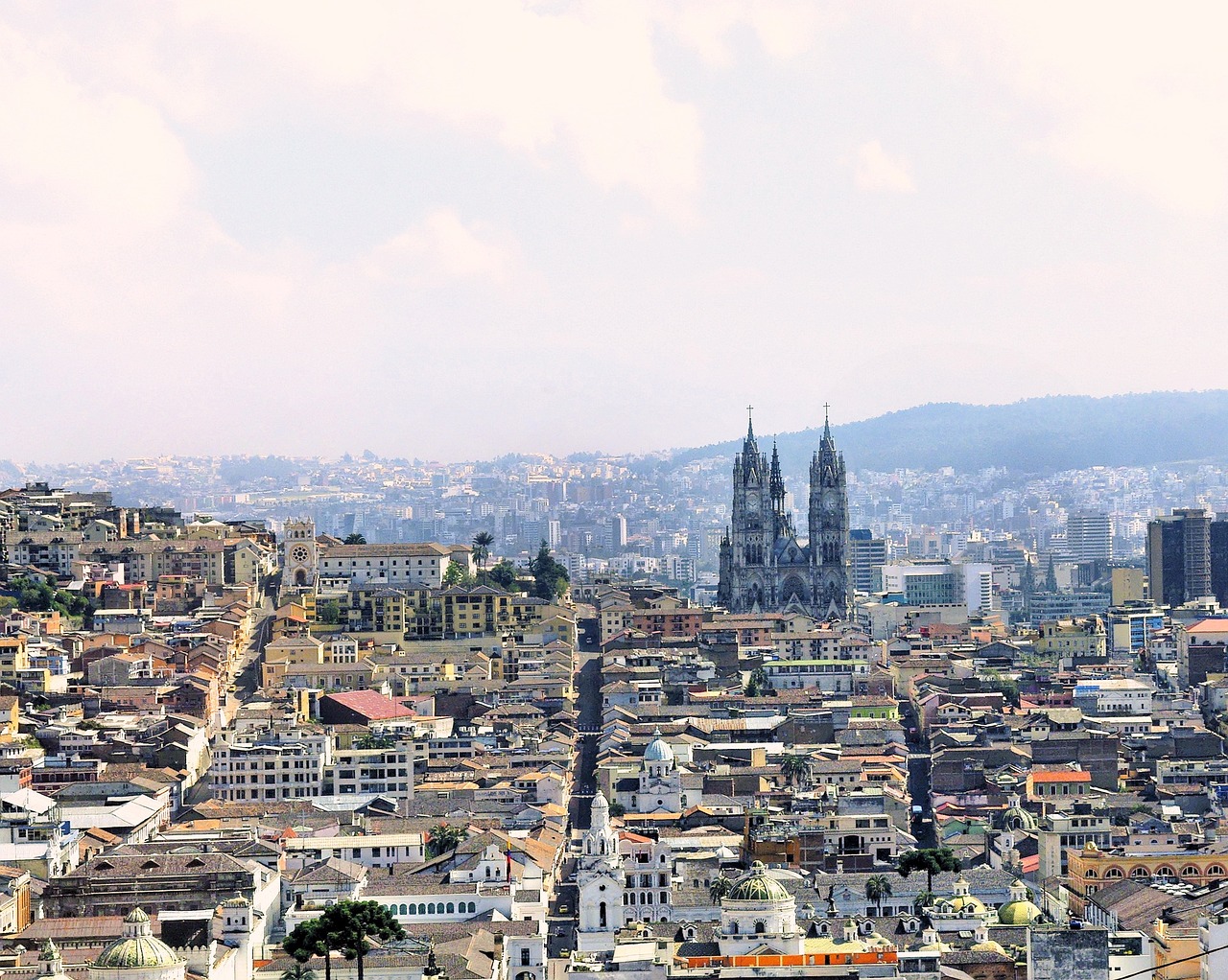
Money Matters
- Currency: The official currency of Ecuador is the United States Dollar (USD). It is advisable to carry small bills for everyday expenses and keep larger amounts in a secure place.
- ATMs and Credit Cards: ATMs are widely available in Quito. Inform your bank about your travel plans to avoid any issues with your cards. Major credit cards are accepted in most establishments.
- Tipping: Tipping is customary in Ecuador, especially in restaurants and for service providers. It is common to leave a 10% tip if the service was satisfactory.
Health and Safety
- Vaccinations: Before traveling to Quito, ensure you are up to date on routine vaccinations. Consult a healthcare professional for any additional vaccinations recommended for Ecuador.
- Water and Food Safety: It is advisable to drink bottled or filtered water in Quito. Be cautious when consuming street food and choose reputable establishments for meals.
- Personal Safety: Like any other city, it is important to take precautions to ensure personal safety. Avoid displaying valuable items, be aware of your surroundings, and use reliable transportation options.
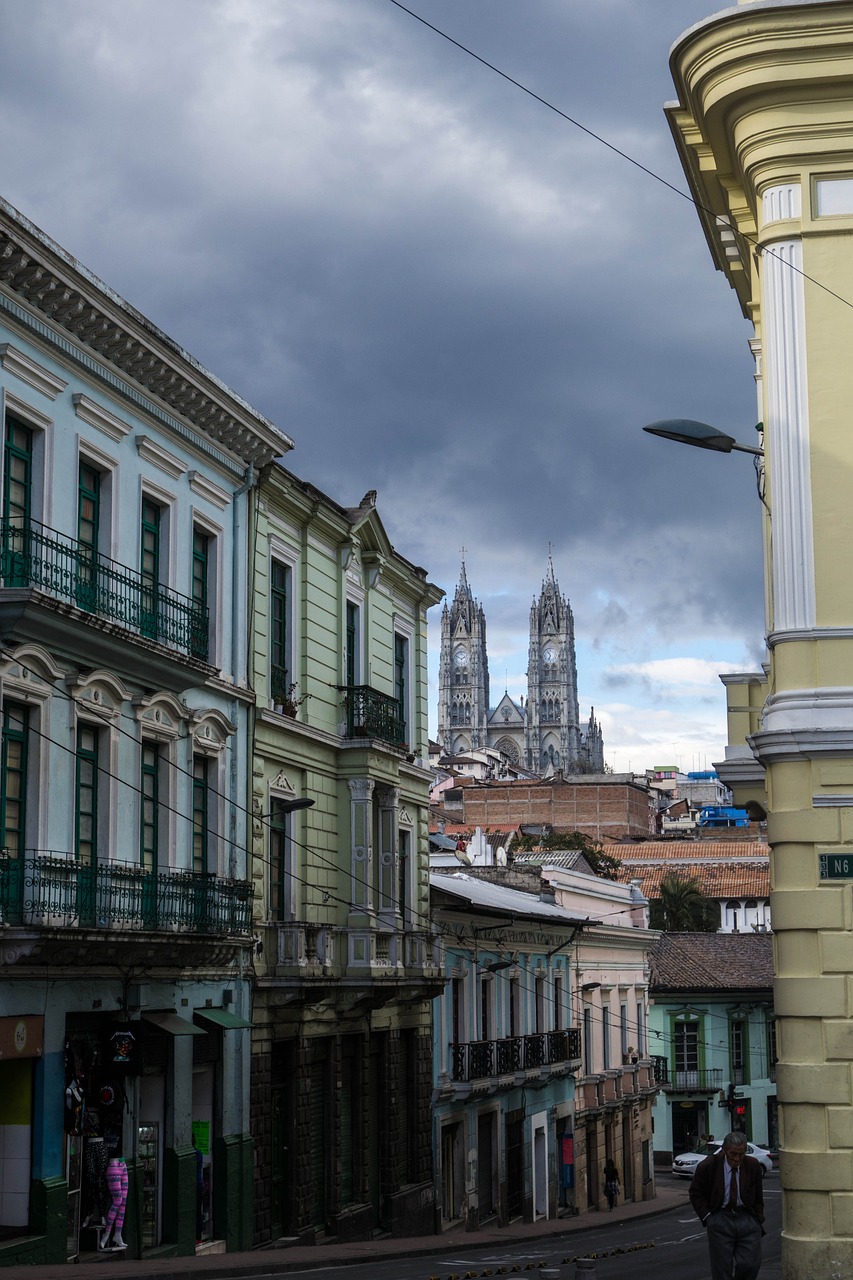
Exploring Quito’s Natural Beauty
- TelefériQo: Take a cable car ride to the top of Pichincha Volcano for breathtaking views of Quito and the surrounding mountains.
- Parks and Gardens: Quito boasts several parks and gardens, including Parque La Carolina and Parque Metropolitano. Enjoy outdoor activities, picnics, and leisurely walks in these green spaces.
- Pululahua Geobotanical Reserve: Explore the unique volcanic crater and cloud forest of Pululahua. Hike the trails, visit the visitor center, and learn about the reserve’s diverse flora and fauna.
Shopping and Souvenirs
- Mercado Artesanal La Mariscal: Browse through this vibrant market to find handmade crafts, textiles, and souvenirs representing Ecuadorian culture.
- Plaza Foch: Located in La Mariscal, Plaza Foch is a popular spot for shopping. Explore the boutique stores and find unique fashion items, jewelry, and accessories.
- Malls and Shopping Centers: Quito has several modern shopping centers, such as Quicentro Shopping and Mall El Jardín, offering a wide range of national and international brands.
Conclusion
Quito, Ecuador, presents a myriad of travel challenges that can be overcome with adequate preparation and knowledge. By understanding the language, utilizing transportation options, respecting the local culture, and being mindful of health and safety, you can navigate the city with ease. Explore the diverse neighborhoods, indulge in the local cuisine, and immerse yourself in the natural beauty that Quito has to offer. Happy travels!
References
- quito.com.ec
- ecuador.travel
- worldtravelguide.net
- lonelyplanet.com
- quito.com


